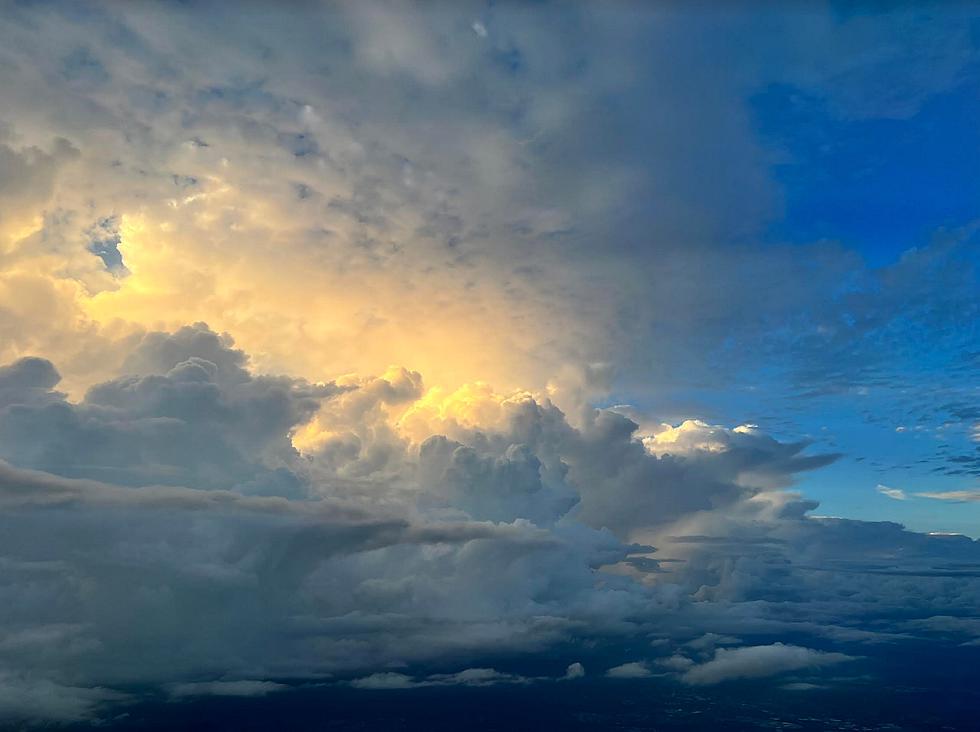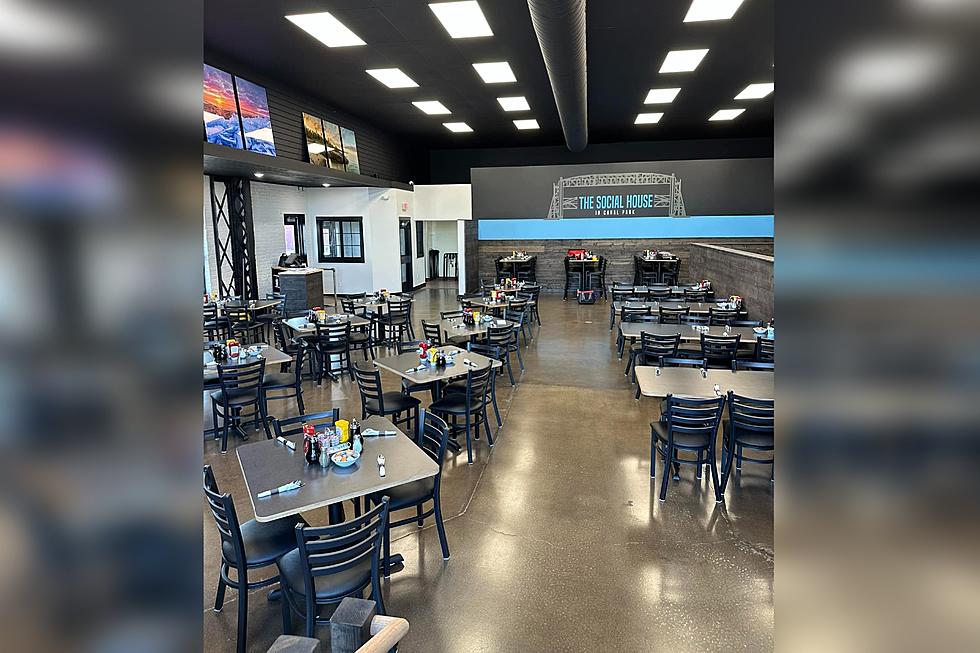
Is It My Imagination Or Has Our Weather Suddenly Gone Off The Rails?
The weather has always been extreme, right? Since the dawn of time mankind has dealt with floods and droughts and epic heatwaves. That's a given. But recent weather headlines have been dystopian and jaw-dropping: biblical floods all around the world, killer firestorms on the island of Maui, tropical storms hitting southern California, Canadian wildfires, choking smoke and poor air quality, and the hottest northern hemisphere summer on record.
In recent weeks the nightly weather report has been a harrowing stroll through the Book of Revelation. What in blazes is going on?
NOAA reports 23 separate billion dollar weather disasters across the US so far in 2023, an all-time record since they began tracking this metric in 1980. Both Minnesota and Wisconsin experienced billion dollar disasters: the August 11 hailstorm that dropped ping-pong size hail in the Twin Cities, and the July 29-29 storms that caused wind and hail damage across Wisconsin.
Duluth experienced very localized flash flooding from Monday night's freak storm with some 3-6" rainfall reports downtown, a taste of the flooding problems impacting so much of the planet: 8 catastrophic floods in 11 days. From Brazil and China to the southwest US, Greece and Libya, reports of total devastation from widespread floods.
A warmer atmosphere can hold more water vapor, more fuel for storms, increasing the potential for severe flooding. And summer jet stream winds are slowing, allowing storms to stall with greater frequency, compounding the flood risk.
I've tracked a lot of flooding in my nearly 50 year career as a meteorologist, but the scope and intensity of recent flooding is something I have never witnessed before.
Weather and climate experts believe this new level of weather extremes is a convergence of factors: planetary warming is accelerating, in the atmosphere and oceans. And a La Nina cool phase of Pacific Ocean water has flipped into an El Nino warming event, adding even more warmth, moisture and energy to the atmosphere.
People comparing this to the 1930s Dust Bowl era are missing the point. The central US did experienced extreme heat in the 1930s with numerous 100-degree readings. But scientists say this was regional heating confined to the Great Plains, the observed warming was not global in scope like it is today.
So what do we do? We find creative, cost-effective ways to lower greenhouse gas emissions. We turn away from fossil fuels and ramp up clean, renewable energy sources. It's already happening, but we need to turn up the dial and go faster. There is no perfect way to power the planet, but what we're doing today isn't working. We're seeing the effects on the nightly news.
Since the dawn of the Industrial Revolution in the 1800s burning coal, oil and gas has increased atmospheric climate-warming CO2 levels by 50 percent. We have been poking at Earth's climate system with a long, sharp, carbon-tipped stick, and then acting indignant when the weather bites back. It's biting back with increasing frequency and ferocity.
Almost like the planet is reminding us we aren't in charge. We are along for the ride.
And maybe we should find a better, cleaner, more sustainable way forward?
7 Things To Do When Power Goes Out During A Storm
Gallery Credit: David Drew


